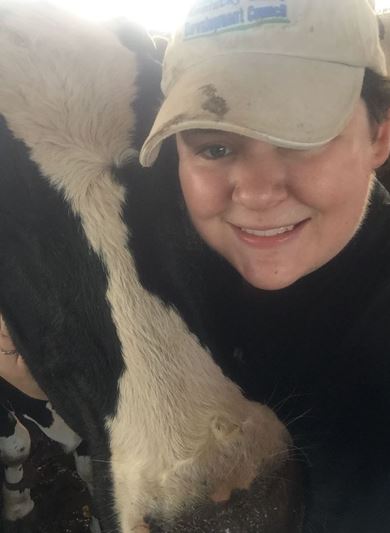Bob Pellegrino
I focus on the physiology and perception of odors and measuring, diagnosing and understanding the impact of smell loss or impairment with an emphasis on food
My favorite drinks are gin-based and my favorite food is cheesy fries
Bringing Flavor Back to the Senses: Life with Olfactory Loss
As a dominant contributor to the flavor of food, the inability to smell removes many of the joys of cooking and eating. The quarter of the population who experience such loss are typically left in the dark with friends and family not fully understanding their hardship. This talk will shed light on life without smell while providing insight on the current research from medical practitioners in the field of chemical senses.
Amanda Lee
Although I grew up as a city kid from Chicago, I spend my research days hanging out with cows. In my spare time I enjoy hanging out with my dogs and playing softball. Shockingly, my favorite foods are cheese and ice cream.
How many cows can a milking robot handle?
When there are more cows than physical space (overstocking), it can feel like you are at a shopping mall on Black Friday. Overstocking is stressful for cows and can lead to less milk, meaning less ice cream. Milking robots are a new technology that allows cows to be milked as frequently as they choose. When cows milk more frequently, they can produce more milk. So, our overall goal is to determine how overstocking effects cows' milk production when milked with a milking robot.


